|
|
|
GAS DETECTION - CARBON DIOXIDE (CO2), ATEX
DETECTORS |
|
 |
|
|
|
|
GAS MONITORING IN THE INDUSTRIAL SECTOR
Automatikprodukter has innovative technologies for protecting human
life and plants.
In chemical and petrochemical industries, the permanent monitoring
of rooms, halls and
equipments where an explosive or toxic atmosphere can form is
essential.
Reliable protection of people requires constant monitoring of toxic
and combustible gases and vapours.
In addition, monitoring of methane deficiency and surplus must be
performed.
AP offers a wide range of methods for the detection of gases and
develops on this basis individual gas detectors for those industrial applications where
extreme environmental conditions are prevailing. |
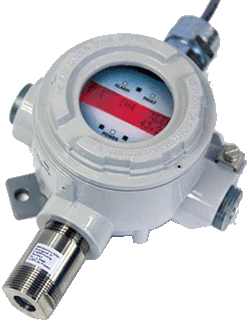
Gas Detector for Zone 1 and Zone 2
with display |
|
|
|
Press |
Zone 2 |
Zone 1 |
Zone 1, sealed |
|
 |
 |
 |
 |
|
Release |
Datasheet |
Datasheet |
Datasheet |
|
|
|
|
|
|
|
|
ATEX |
CE/SIL |
|
|
|
 |
 |
|
|
|
Guidelines |
declaration |
|
|
|
|
|
The products and solutions can be found in
many buildings and industrial applications like
car parks, refrigeration systems or biogas plants. If you opt for the safe solutions and innovative products by
Automatikprodukter, you benefit from many advantages such as quality
and availability, responsibility towards
the customers and business partners as well as openness to new
requirements. |

Gas Detector for Zone 1 and Zone 2
without display |
|
|
|
|
|
|
|
|
Environment |
ATEX |
|
|
|
 |
 |
|
|
|
Declaration |
Certificate |
|
|
|
|
|
The exchangeable sensor X-CHANGE turns the
recalibration into a home game:
-
Delivery of recalibrated sensor
cartridges
-
Easy exchange, no specialized company
needs to come to you
-
Available for every gas type
-
At guaranteed exchange prices
-
Increased reliability (SIL2-software)
-
Important time and cost savings
The X-Change support guarantees a price based
on the consumption of the sensor capacitance. |

Replacement Sensor Head |
|
|
ATEX Gas detectors are available for 2
explosion classes as follows:
Both
Zone 1 and Zone 2 are
available with or without display.
Gas detectors for ATEX Zone 1 are located in a explosion proof enclosure,
EEx d
The shell is such that ignition and
combustion within the shell of a potential explosive gas mixture is
not propagated to the explosive mixture outside the enclosure and
the enclosure can thus endure the resulting explosion pressure
without damage.
In Zone 1,
one can expect an explosive atmosphere to occur during normal
operation but the presence of it is relatively
short.
The equipment shall not be a source of
ignition in normal operation or when an error occurs.
Gas detectors for ATEX Zone 2 are of the
design Non-sparking EEx d
EEx nA is a non-sparking piece
equipment.
In Zone 2, you need not count with an
explosive atmosphere to occur during normal operation, and if it
should occur, which is probably rare it is of
short duration.
The equipment shall not be a source of
ignition during normal operation.
Detector placement for monitoring methane
In cases where you want to monitor
methane concentration in a
room, it is important to bear in mind which gas that could displace
the
methane.
If there is leakage of methane, which has a
lower density than air and will rise, the
methane detector should be placed high.
If the methane in a room risks being consumed
by any form of combustion, the methane concentration will be reduced
across the room which means that the sensor placement here is not as
critical as in the above examples.
High concentrations of methane
If the methane concentration in the air increases, the risk of fire
dramatically increases.
All combustible products will be much more
flammable.
Alarm limit is set at 2 0%
LEL.
Inhalation of high methane concentrations over time can be harmful.
How many detectors are needed in a stationary system?
This must be decided from case to case
depending on the local area that you want to monitor, but as a rule
of thumb you can use the following:
One detector per
80 - 120m2
with additional detectors at locations where leakage is likely occur.
|

Gas alarm plate for methane detector |
| |
|
|
|
|
Non-ATEX |
|
|
|
|
 |
|
|
|
|
Datasheet |
|
| |
|
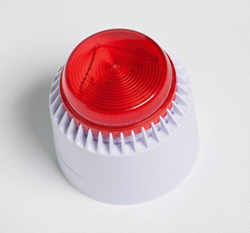
OAW 24
Combined warning siren and
flashlight for
methane sensors |
| |
|
|
|
|
Non-ATEX |
|
|
|
|
 |
|
|
|
|
Datasheet |
|
|

OA 24
Flashlight
|
| |
|
|
|
|
Non-ATEX |
|
|
|
|
 |
|
|
|
|
Datasheet |
|
| |
|
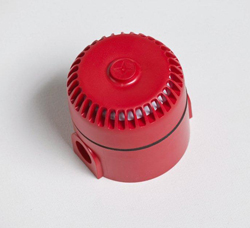
Warning Siren for methane sensors |
|
|
|
|
Non-ATEX |
|
|
|
|
 |
|
|
|
|
Datasheet |
|
|
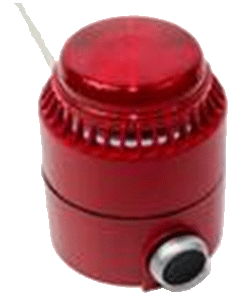
OAW 24T
Warning Horn/Flashlight
incl. reset button |
|
|
|
|
|
|
Non-ATEX |
|
|
|
|
 |
|
|
|
|
Datasheet |
|
|
|
|
|
|
For areas where due to explosive
substances special requirements exist
AP offers an extensive repertoire of audible and visual signal
devices with different approvals in the Ex area.
The visual and audible signal devices of the Ex series are
characterized by a particularly robust construction and
insensitivity to environmental influences and chemicals.
These are information, warning and emergency signals for safety,
hazard and fire alarm systems, building, industrial and commercial
automation systems, disaster warning and danger zones.
The products are suitable for the use in gas and steam atmospheres,
as well as in dust atmospheres.
AP offers Ex signal towers, visual Ex signal devices, audible Ex
signal devices and visual-audible Ex signal devices.
Key Features
-
Application gas: Zones 1 and 2
-
High sound level
-
Low power consumption
-
39 selectable tones
-
Automatic synchronization
-
Two-tone-alarm
-
Volume control
-
Flexible applications
-
EX II 1G Ex ia IIC T4 Ga (T e. -40 °C to
+60 °C)
|
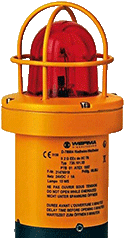
Combined flashlight
and siren |

Tripple flashlight |
|
|
ATEX OAW |
|
|
 |
|
|
Datasheet |
|
|
|
ATEX XXX |
|
|
 |
|
|
Datasheet |
|
|
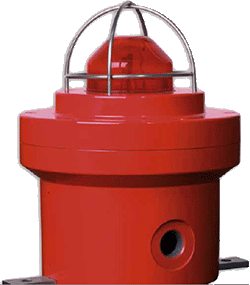
Flashlight |
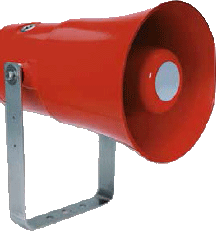
Warning Siren |
|
|
ATEX OA24 |
|
|
 |
|
|
Datasheet |
|
|
|
ATEX AAW |
|
|
 |
|
|
Datasheet |
|
|
|